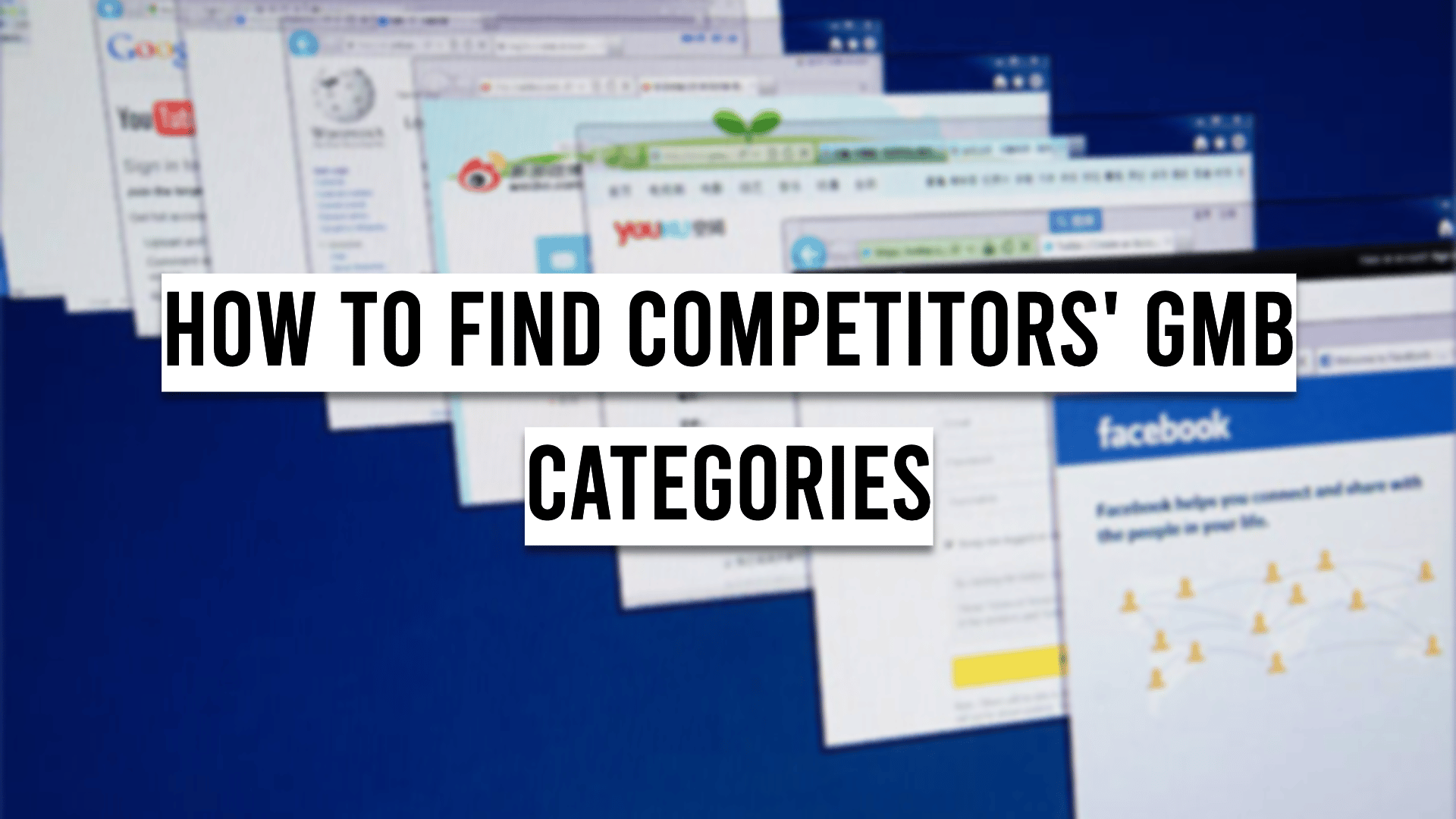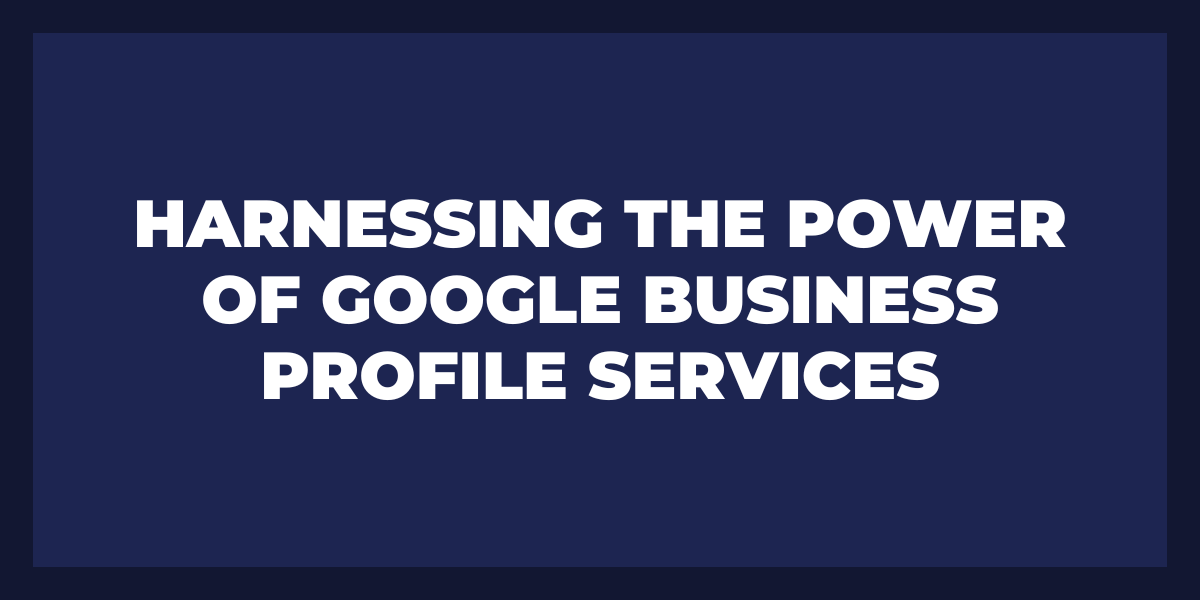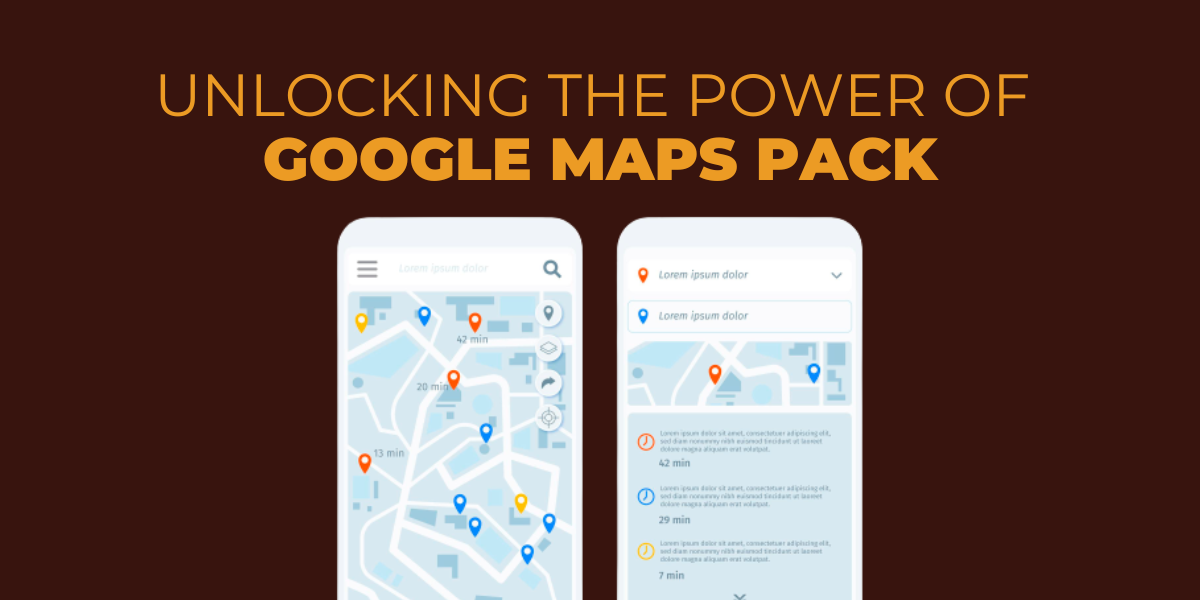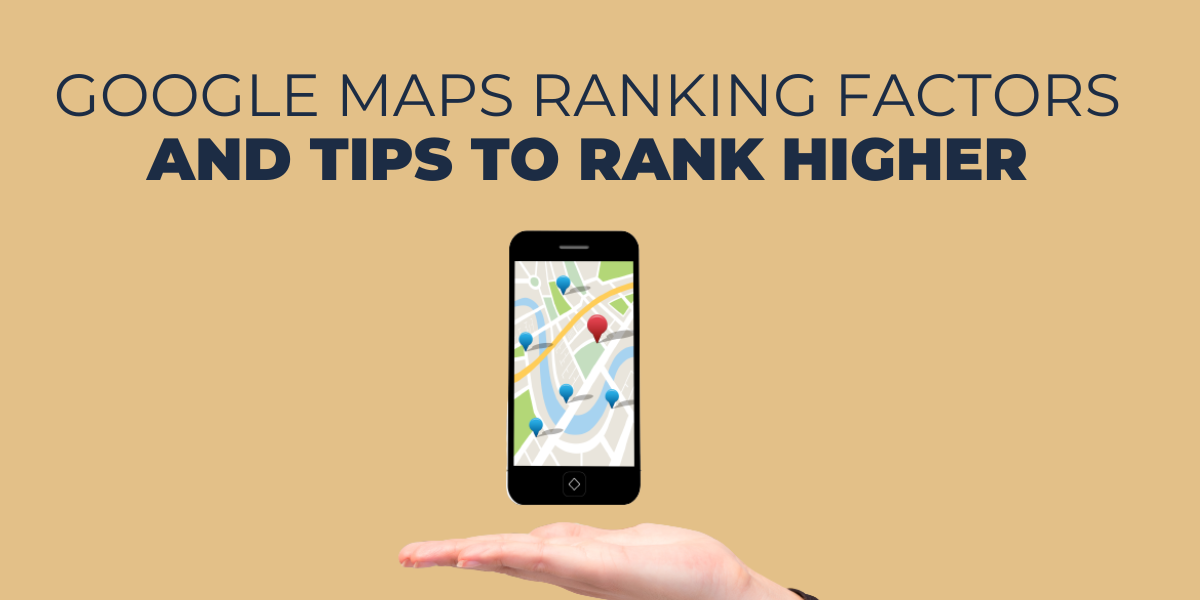Finding the proper GMB categories for your business can be a difficult task. Knowing who your competitors are and what types they use can help you make better decisions about where to focus your efforts.
With just a few simple steps, you can quickly uncover the primary and secondary categories used by your competitors on Google My Business (GMB). By understanding their strategies, you’ll have an advantage in setting up or optimizing your own business listing. This will increase visibility for potential customers searching for businesses like yours online.
So let’s start learning how to find out what GMB Categories your competition uses!
Make a List of GMB Competitors
Utilizing a list of competitors to benchmark performance against your business can be invaluable for improving and optimizing operations. By keeping tabs on what other companies are doing, you can identify potential opportunities for growth that could otherwise go unnoticed.
Understanding the competition also provides a better view of local market trends, enabling you to make more informed decisions about how best to position your business to maximize profits.
Companies have been taking advantage of their competitive analysis by using Google My Business (GMB). GMB provides detailed insights on customers’ online activity, including reviews, ratings, and engagement levels with posts.
GMB also allows businesses to compare themselves against competitors directly based on key metrics like average star ratings or the total number of customer reviews in the same geographic area. This data provides valuable insights into which strategies are working well and which may need improvement within their industry.
For example, suppose one business needs to catch up to another competitor regarding customer satisfaction ratings on GMB. In that case, it can use this information to improve its service offerings or pricing structure accordingly to gain more traction among local consumers.
How to Search Competitors in Google Maps
Here are some tips on how to search for competitors using Google Maps:
- First, open up Google Maps and type in your business name or area of service. This will give you an overview of the businesses near you that offer similar services as yours.
- You can also use search filters within Google Maps to narrow down your results. For example, you could filter by location, product/service type, or keyword to find businesses that fit your criteria.
- Once you have identified potential competitors in your area, please look closely at their profiles on Google Maps. Note how they brand themselves, what kind of services they offer, and how visible they are online.
- This can give you insights into how well they’re doing compared to yourself and their customer base. Plus, review their customer reviews and ratings to get a feel for their customer experience quality. Knowing this information can help you develop strategies to better compete with them.
- You should take a look at competitor locations on Google Maps as well. Note where they are geographically located, who visits them (i.e., demographics), and what kind of promotions or discounts they may offer compared to your own business offerings.
- Finally, consider adding custom labels onto the map so that you can easily see where all the competition is located at once without having to search each business one by one.
Use Custom Labels
Custom labels allow businesses to create visual markers on a map with images or icons representing different Google Maps categories, such as “restaurant” or “retail,” so that customers can quickly find what they’re looking for without having to search through business listings individually again and again manually.
This is an effective tool for pinpointing key areas where competition is highest so that businesses can establish promotional campaigns accordingly or create dedicated online marketing efforts targeting those particular areas more heavily than others.
How to the View the Source Code of the Google Listing
- First, open up a web browser and navigate to your desired page. Right-click on the page and select ‘view page source’ from the dropdown menu.
- This will open up a new window with the HTML code that makes up your desired page.
- From here, you can scroll through the code and examine various aspects such as keyword densities, meta tags, and other SEO-related information – all of which can be very useful in improving your website’s visibility.
Use Third-Party Websites
If you want a more detailed view of what elements Google looks at when determining where to place websites on their rankings, you can use third-party websites such as Moz or Screaming Frog to analyze the source code further.
These websites are designed specifically for local SEO professionals and offer detailed insights into various aspects of HTML that may need to appear clearly in the original page source view provided by browsers.
Choosing the Best GMB Category
When selecting a GMB category, it’s essential to choose one that accurately describes your business and will attract more customers.
For example, if your company offers hairstyling services, you would want to select “Hair Salon” instead of “Beauty Salons” or “Personal Care Services.” This ensures that potential customers are presented with the most relevant and accurate search results.
Another factor to consider when choosing a GMB primary Category is the competition in your area. Make sure to research other businesses offering similar services or products in the same region; this way, you can stay ahead of them by selecting a unique but related GMB Category for yourself.
It would be best if you also considered what keywords potential customers might be searching for when looking for businesses like yours; this helps ensure that they come across your business quickly and efficiently when they input their queries into SERPs.
Best Tools for Checking Your Competitor’s Google My Business Categories
- Moz Local
- Whitespark’s GMB Category Tool
- Brandify’s GMB Competitive Insights Tool
- Sensor Tower’s App Intelligence Platform
- SERPWoo GMB Data Explorer
- BrightLocal’s Competitor & Market Research Tools
- SpyFu Keyword Research & Ranking History
- SEMRush Competitive Analysis Suite
What Should I Write in the Business Category?
However, there are specific tips and techniques that can help you write compelling articles on various topics within the realm of business.
- Research Your Topic: Before writing any article about a topic related to the business world, it’s essential to do your research to understand all aspects of it. This includes reading up on relevant news stories or industry reports that provide insight into what’s happening in the sector now or will be happening soon.
- Stay Focused: When writing for this genre, it’s easy to get carried away with providing too much information at once with more structure or focus on one particular subject matter.
What Should I Put in the Google Product Category?
When creating a product category for Google, there are a few essential factors to consider.
The first is the target audience: who do you want to reach? Once this is established, choosing a primary business category that best matches your product is more accessible. There are various primary categories available in Google, ranging from Shopping and Travel to Business and Education.
Shopping
Shopping is one of the most popular competitor categories in Google, as it allows customers to search for items they’re interested in purchasing online. This could include anything from clothing and accessories to electronics and household items.
Travel
Travel is another common secondary category on Google that can be used when marketing goods or services related to travel. This could include hotels, airline tickets, rental cars, vacation packages, etc. Travel-related businesses must provide accurate information regarding their offerings within each category so customers can easily find them without any confusing information or misinformation being presented.
Accounting
The Business category on Google includes numerous subcategories such as Accounting & Taxes and Financial Services & Investment; you may use this option if your business offers services directly within these areas.
Education
Finally, Education is one of the lesser utilized options when creating a product category on Google; however, it could still be beneficial depending on what type of educational materials or programs you offer through your business.
How Do I Add a Category to My Google Product?
- The first step in adding a category to your Google product is accessing the Merchant Center dashboard.
- Here, you can select the “Products” tab, where you can view all of the products currently listed in your account.
- Click on any of these products and select “Edit” from the menu bar at the top right corner of the page.
- Once you are done editing this particular item, scroll down until you see an area labeled “Categories & Attributes,” which should contain several boxes with various options available for selection, such as Brand Name, Product Type, etc.
- Select any of these options by clicking on them and then enter whatever value or text best describes this particular product in its corresponding field below it.
- Once done with entering data into each field, hit “Save” at the bottom right corner of the page so changes become effective immediately.
Frequently Asked Questions
How do I choose a category for my business on Google?
The first factor to consider is the type of products or services that your business offers. Additionally, if any of these categories have subcategories, it can be helpful to look at them.
How many categories are there in GMB?
The categories are Shopping & Retail, Restaurants & Cafes, Professional Services, Hotels and Accommodations, Automotive, Home Services, Health & Medical, Local Services, and Arts & Entertainment.
How do you get a high rank on GMB?
The best way to get a high rank on GMB is to ensure your business name, address, and phone number (NAP) are consistent and accurate across all directories, including GMB. You should create unique content for your Google business profile that reflects your local community.
Wrapping Up
Finding the right GMB categories for your competitors can be a great way to gain insight into how they’re positioning themselves in the market. With this knowledge of competitor GMB categories at hand, businesses have an opportunity to make informed decisions about where best to allocate budget when creating campaigns.




















